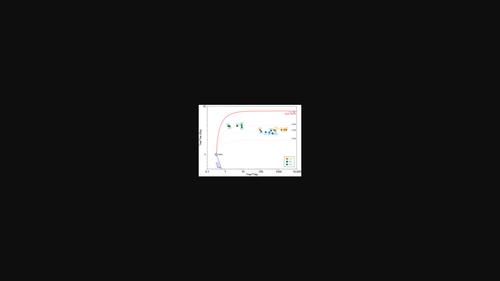当前位置:
X-MOL 学术
›
Groundwater
›
论文详情
Our official English website, www.x-mol.net, welcomes your feedback! (Note: you will need to create a separate account there.)
Deep-Seated Fluids in Thermal Waters Before and After the 2016 Kumamoto Earthquakes
Ground Water ( IF 2.6 ) Pub Date : 2024-02-06 , DOI: 10.1111/gwat.13394 Fumiaki Tsunomori 1 , Noritoshi Morikawa 2 , Masaaki Takahashi 2
Ground Water ( IF 2.6 ) Pub Date : 2024-02-06 , DOI: 10.1111/gwat.13394 Fumiaki Tsunomori 1 , Noritoshi Morikawa 2 , Masaaki Takahashi 2
Affiliation

|
Noble gases, oxygen-hydrogen isotope ratios, and ion compositions were measured at three sampling points (KUM, OTN, and ASO) from December 2013 to July 2021. The 3He/4He values at the three sampling points remained stable in the range of 3–4 Ra throughout the observation period, suggesting that the supply of deep-seated gases to the aquifer was stable. The 4He/20Ne values of KUM and OTN indicate that the supply of surface-source fluids to the aquifer decreased relative to that of deep-seated fluids at KUM and OTN. In contrast, in the ASO site, both the surface- and deep-seated fluids supplied to the aquifer were stable. The δD–δ18O relationship indicated the supply of deep-seated water to the KUM and OTN aquifers but not to the ASO aquifer. Nevertheless, the δD–δ18O relationship remained stable throughout the observation period, suggesting that the supply of deep-seated water to the three stations was stable. The Li/Cl and 1/Cl relationships for the three sampling points were plotted within a narrow range throughout the observation period, suggesting that the groundwater recharge was stable. Neither spikes nor step changes owing to the 2016 Kumamoto earthquake were observed in any of the data. These results indicate that the KUM and OTN aquifers are constantly supplied with deep fluids from the fluid-rich zone beneath the Kumamoto region, and that only deep-seated gas was supplied to the ASO aquifer. We also confirmed that these supply conditions were unaffected by the 2016 Kumamoto earthquake or the subsequent aftershock activity.
更新日期:2024-02-07



























 京公网安备 11010802027423号
京公网安备 11010802027423号